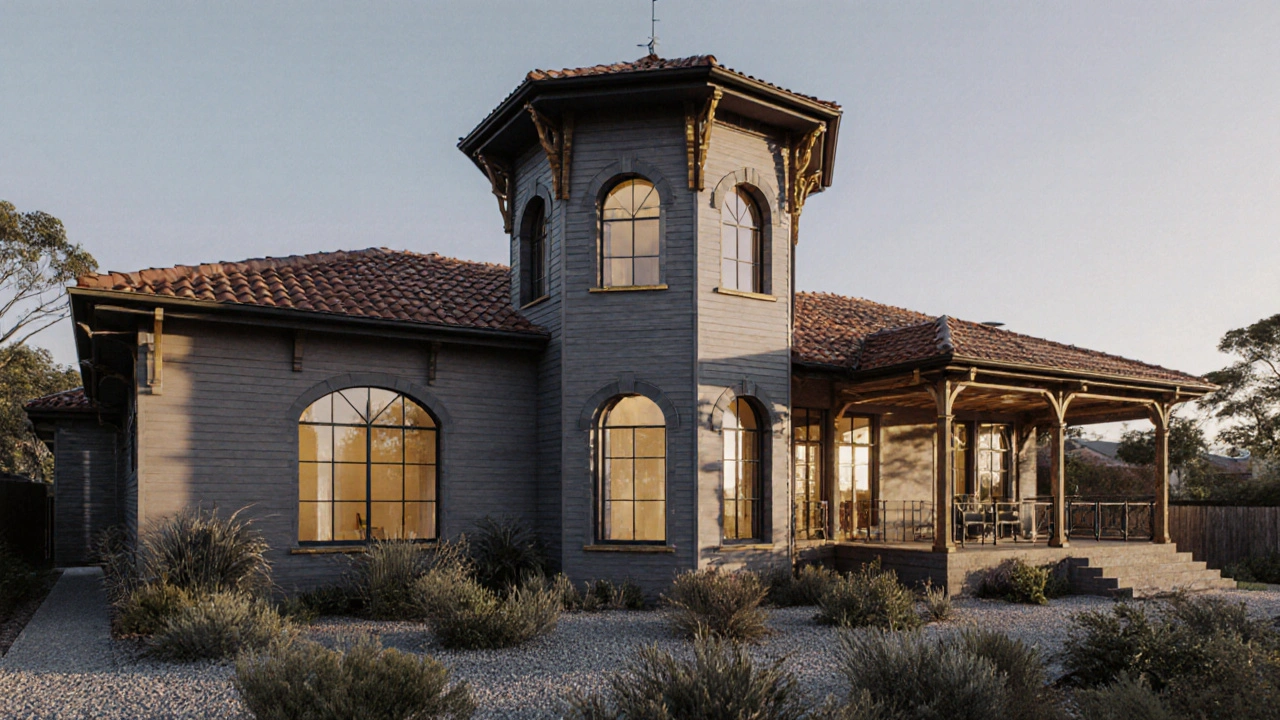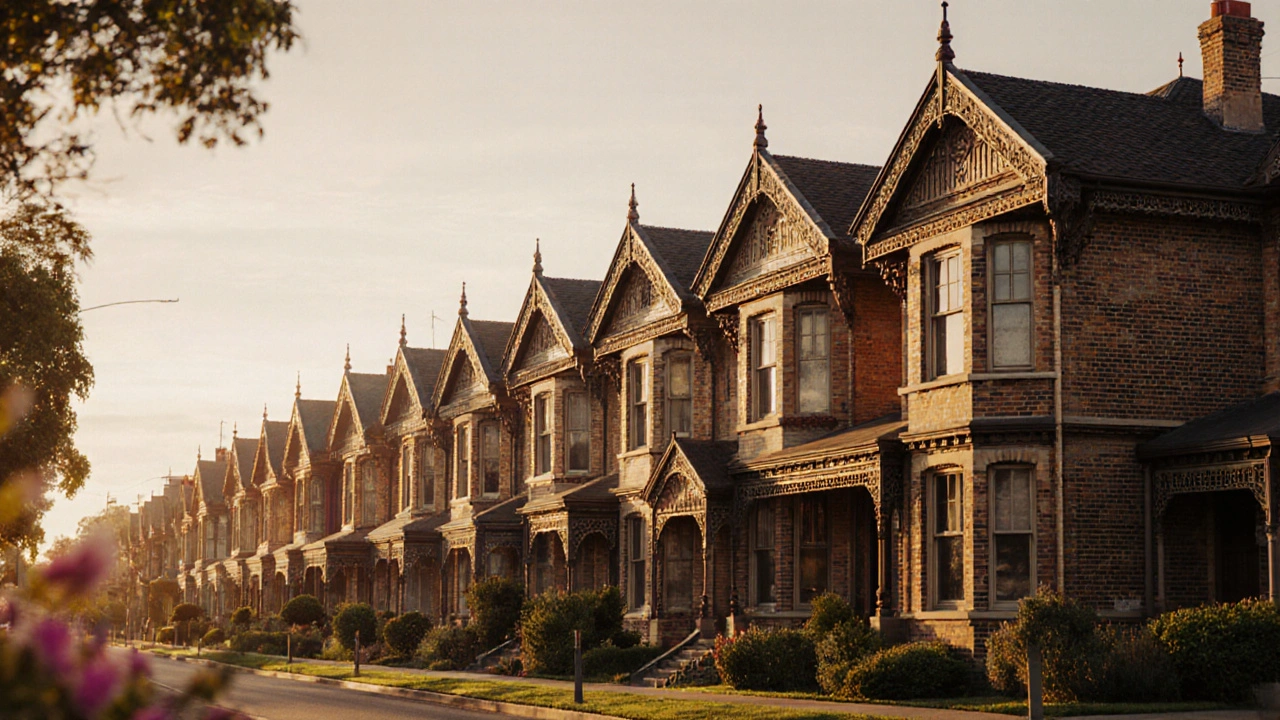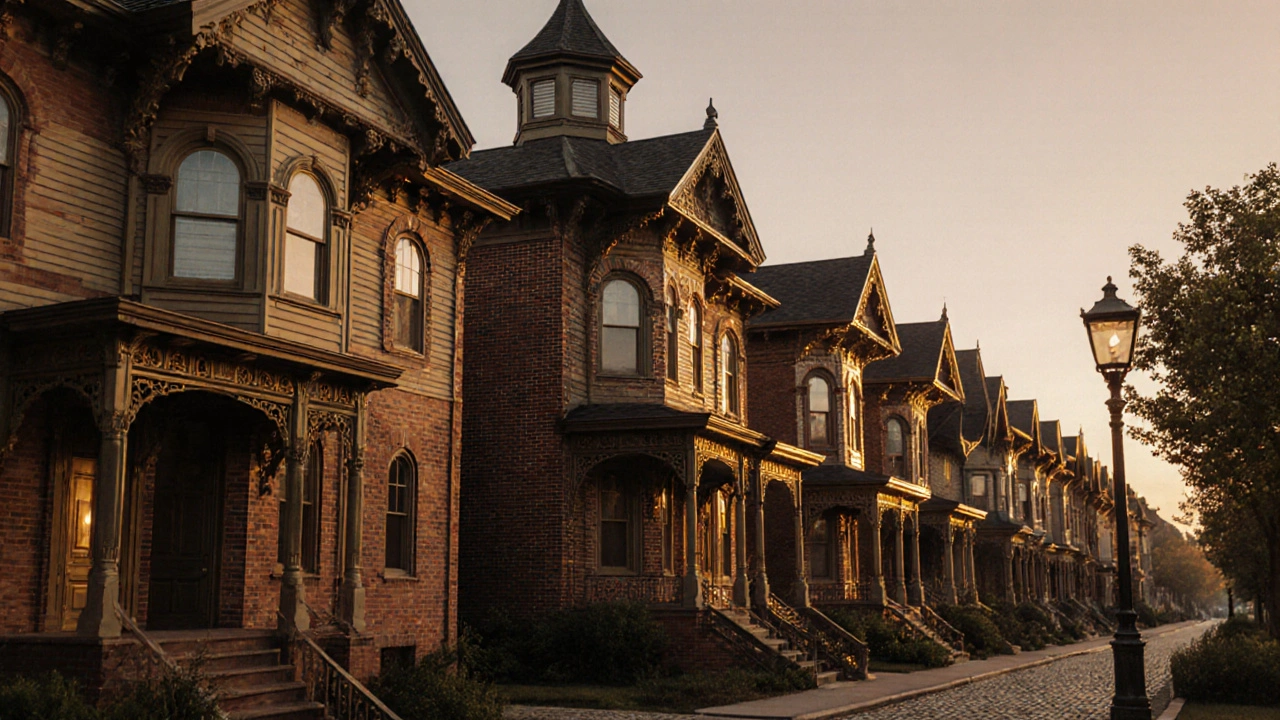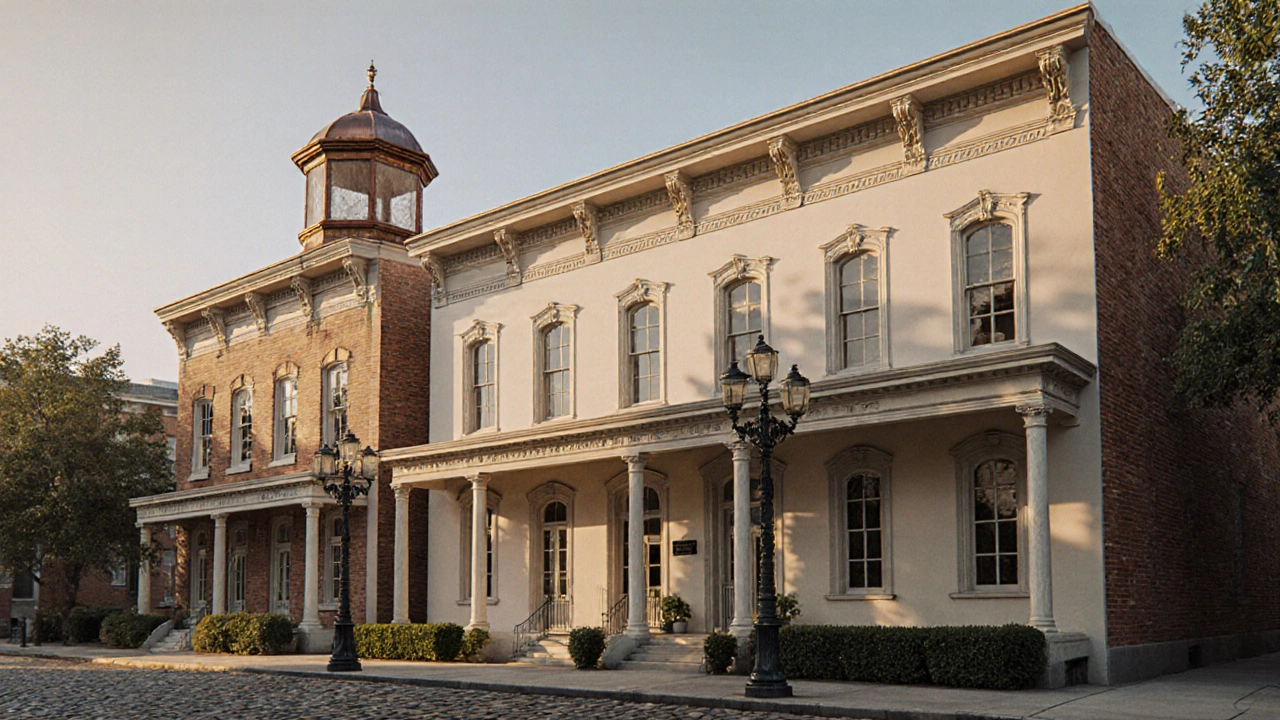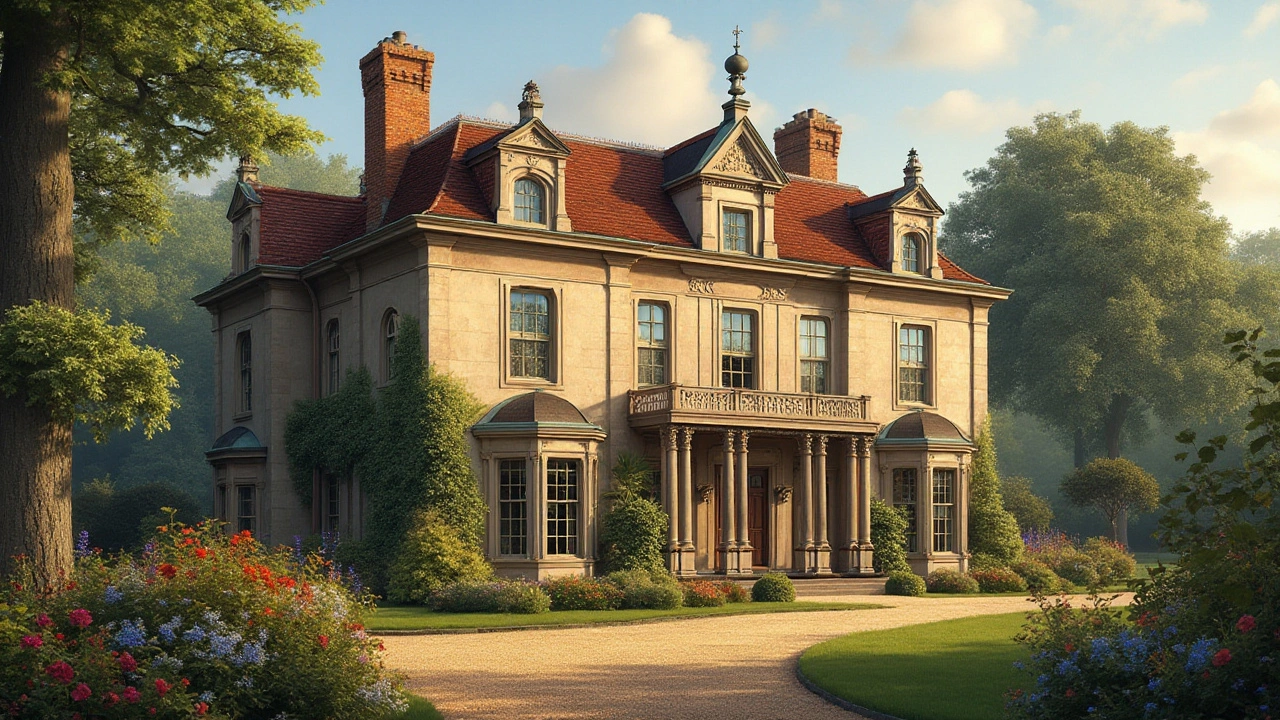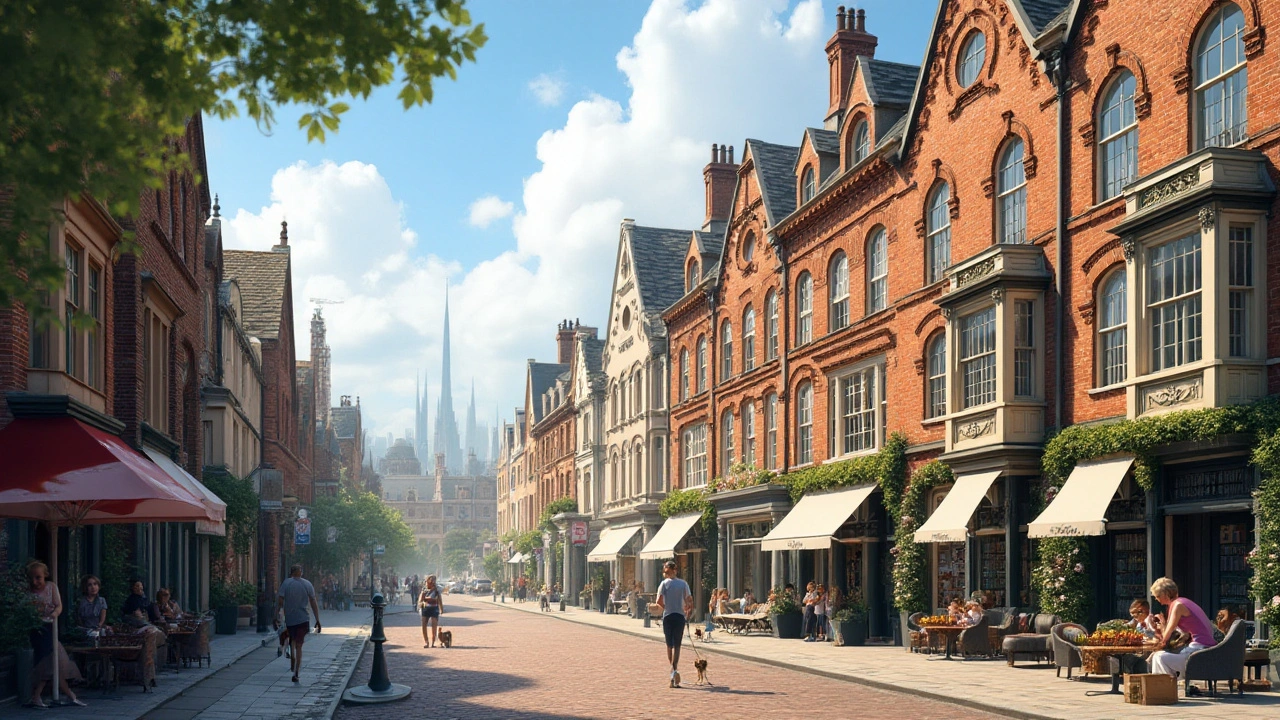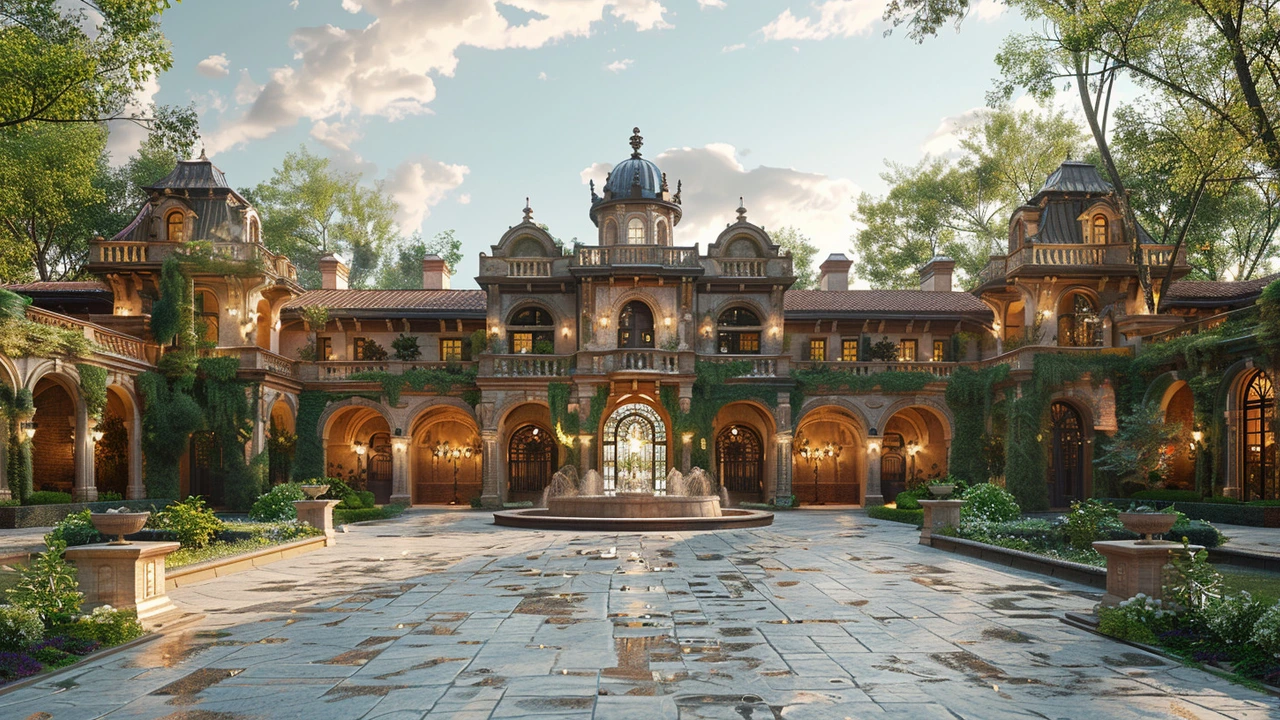Italianate architecture is making a quiet comeback with modern materials and smarter design. Discover how its tall windows, bracketed eaves, and asymmetrical towers are being revived for today’s homes-especially in Australia’s hot climates.
Italianate architecture: what it looks like and how to work with it
Did you know the Italianate style was one of the most popular house styles in the mid-1800s? It spread from England to the US and Australia because people liked its relaxed classical look. If you own an Italianate house or are researching one, this page gives clear, useful info: how to spot the style, where you’ll see it, and practical tips for repair or modern updates.
How to spot Italianate details
Look for low-pitched or flat roofs and wide, overhanging eaves with big decorative brackets underneath. Windows are tall and narrow—often rounded or with segmental arches—and usually have heavy crowns or hood molds. Many homes have a cupola, belvedere, or small tower. Facades may use brick, stucco, or wood siding with mock quoins on corners. Porches with slender columns and cast-iron or wooden balustrades are common, and exterior paint tends to be warm earth tones or muted pastels on plastered surfaces.
Compare styles: Italianate is less ornate than Baroque but more decorative than plain classical houses. In cities you’ll see Italianate rowhouses with strong cornices; in rural areas you’ll find villa-like homes with square towers. Knowing these differences helps you date a building or plan a restoration that fits the original look.
Practical tips for restoration and modern use
Start by documenting what’s original: photos, measured drawings, and notes on materials. That saves time and prevents accidental loss of historic details. Check the cornice and bracket work first—these elements often rot or rust and fail. When repairing wood brackets, match the original grain and profile or use epoxy consolidation for small damage. Avoid swapping original wood trim for cheap PVC; it changes the look and traps moisture.
Windows are character-defining. If the frames are original, restore rather than replace: repair sash cords, reglaze, and weather-strip. If replacement is unavoidable, use wood replicas with similar profiles and muntin patterns. For masonry, use lime-based mortar when repointing older brick—modern Portland cement can crack historic bricks.
Want to bring Italianate charm into a modern build? Use tall, narrow windows; add a modest cornice with brackets; choose a front porch with slender columns; and pick a warm palette—ochres, muted greens, soft creams. Keep proportions simple so the house reads as Italianate without copying every historical detail.
Finally, check local preservation rules before major work. Many towns have guidelines for historic districts. When in doubt, talk to a preservation architect or a contractor experienced with 19th-century details. Small, thoughtful choices keep the building’s character and add value.
If you want, I can pull examples from your area or suggest a short checklist for a restoration walk-through you can use on site. Want that checklist?
Italianate architecture, with its tall windows, bracketed eaves, and low-pitched roofs, remains influential in modern design. Learn how its smart, timeless features continue to shape homes and buildings today.
Italianate architecture brought Tuscan villa charm to 19th-century homes with bracketed eaves, arched windows, and towers. Its influence still shapes modern design, from historic restorations to today’s farmhouse trends.
Explore Italianate architecture's history, key features, famous examples, and modern design tips. Learn how this Victorian style blends form and function for timeless homes.
What is Italianate architecture? A clear guide to its history, key features, regional twists, and how to spot or use it in homes-with examples and tips.
Italianate architecture, inspired by the romantic villas of Renaissance Italy, found its way into homes and public buildings in the 19th century. This style boasts distinctive features such as low-pitched roofs, tall windows, and decorative cornices. It embraces both elegance and functionality, making it a popular choice in urban settings across the world. Today, homeowners seek Italianate design for its timeless elegance, blending historic charm with modern living. Learn how to recognize and incorporate this style into your own home.
Italianate architecture, a style that flourished from the mid-19th century, showcases grandeur through its unique blend of Italian Renaissance and picturesque aesthetics. Known for its distinctive features such as wide eaves with decorative brackets, tall windows, and cupolas, Italianate architecture brought a touch of European elegance to residential and public buildings. This article delves into the history, defining characteristics, and the cultural resurgence of this architectural style. Discover the craftsmen who brought Italianate to life and learn tips for recognizing these architectural gems today.
Italianate architecture, which flourished during the 19th century, is experiencing a revival in contemporary design. Known for its elegant features such as brackets, cornices, and arched windows, this style is being reimagined in modern architecture. The resurgence blends historic charm with modern functionality, offering both designers and homeowners opportunities for creating stunning spaces. Understanding the elements and historical context of Italianate architecture can inspire new construction and renovations alike.
Italianate Architecture is an influential architectural style that flourished during the mid-19th century, primarily in Europe and America. This article delves into the rich history of Italianate architecture, exploring its origins, key characteristics, and notable examples. It also discusses the impact of this style on modern architecture and provides insights into preserving these historical structures. The piece covers the evolution of Italianate architecture and its significance in the architectural heritage.

